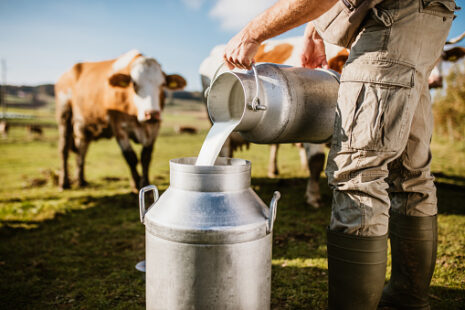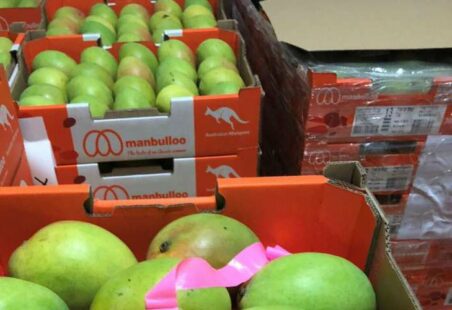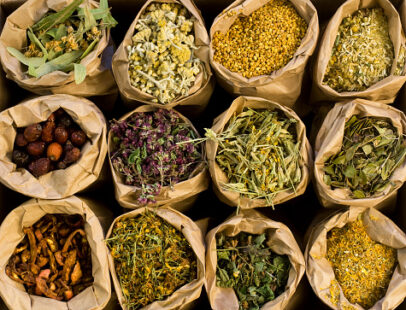
According to Rabobank’s Australian Dairy Industry: At an Important Junction report, having reached record-breaking profitability after a “rollercoaster ride” for the past decade, the Australian dairy industry is at “a critical juncture.” It claims that Australia’s dairy industry has made a spectacular comeback, owing to favourable seasonal conditions, high farmgate pricing, and a shift in the supply chain’s power balance due to increased competition for milk supply and the implementation of the Dairy Industry Code of Conduct.
Despite the promising developments, the research states that a reboot is required to achieve much-needed milk production growth. It claims that such a move is “critical” for Australia’s dairy industry’s future performance in order to capitalise on export market growth potential. Rabobank senior dairy analyst Michael Harvey, who wrote the report, said the Australian dairy industry had faced a “perfect storm” of widespread drought, isolated bushfires, and floods in recent years, all of which had been compounded by a severe global market and unprecedented industry disruption and instability. “This volatility squeezed the profit pool and reduced the amount of milk solids produced,” Harvey added. “It also shattered farmer faith, signalling a dramatic shift in the supply chain’s operation.” While national milk production is recovering, Harvey says the milk supply reaction has been “underwhelming” so far.
“The Australian dairy supply chain processed 8.86 billion litres of milk in 2020/21, 950 million litres less than in 2014/15, with the northern Victoria irrigation system accounting for 55% of the drop,” Harvey said, adding that expanding Australia’s milk supply is critical to the industry’s growth as it seeks to build sustained growth outside of a maturing domestic market. “A thriving company necessitates a strong presence in emerging export markets as well as the ability to fully use current connections to Asian supply chains,” Harvey continued. “Australian dairy has good worldwide market credentials, but a lack of a continuously rising milk pool is a shortcoming that must be overcome.”
Even in the mature domestic market, major customer demand is outpacing supply expansion, and many industry clients will want higher volume in the coming decade. According to the report, with a shortfall of milk solids in the Australian dairy supply chain and the foundations in place for a time of investment, the stage is set for the industry to capitalise. “It will be a missed opportunity for the industry to reignite growth if this strong run of healthy farm profitability, raised investment ambition, and good investment outlook does not result in some well-executed long-term investments,” Harvey added. “And, in order to fully unleash growth, major long-term capital investment in efficiency and manufacturing capacity is required.”
According to the analysis, during the next decade, Australia’s dairy sector will present attractive capital investment possibilities for farm enterprises. As a result, it emphasised that investing for long-term growth is not appropriate for every dairy farm. “While a rising industry is important for the overall sector, farm firms should only invest in growth if any planned investment strategy provides a profitable and sufficient retu

As the economy worsens, Chris Fiander, Marketing Manager of the Westpak Group in the United Kingdom, considers whether customers and merchants will continue to prioritise ecologically sustainable products and packaging. “Spiraling energy costs, rising company production costs, reduced consumer spending, and soaring inflation are all taking their toll on consumers and businesses alike.” This economic […]
Read More →
A mango grower in north Queensland is offering customers the chance to enjoy their fruit and beverage at the same time, and all for a good cause. In order to offer a meal for someone experiencing food insecurity, Manbulloo Mangoes and Local Brewing Co. of Melbourne have partnered to produce a mango sour. A portion […]
Read More →
In an inner-city Melbourne neighbourhood called Flemington, Charlotte Freeman was in the aisle of a fruit and vegetable store when she encountered the unimaginable. $11 for a bunch of coriander. Bob Galwey travelled around 3,000 kilometres north and headed into Darwin’s shops to get some mint and parsley. But due to the exorbitant prices, he […]
Read More →